 |
|||
 |
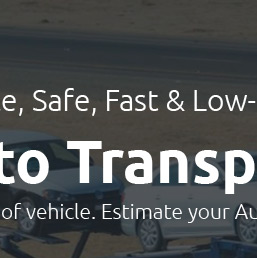 |
 |
|---|---|---|
 |
 |
|
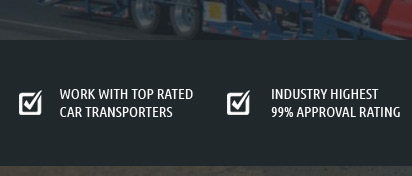 |
 |
 |
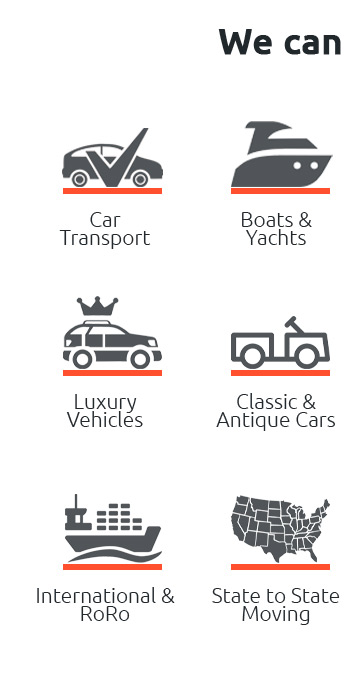 |
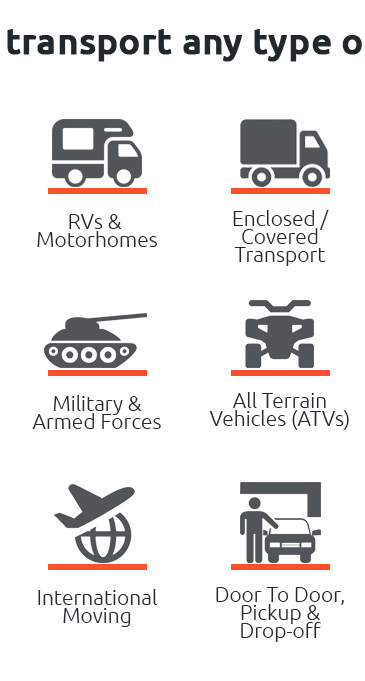 |
 |
|---|
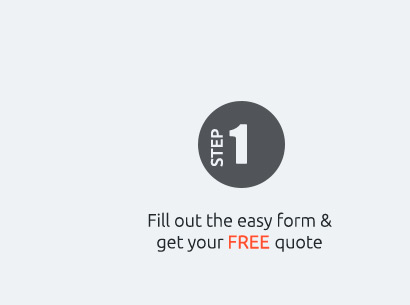 |
 |
 |
|---|---|---|
 |
||
 |
 |
|---|---|
heavy equipment transport vehicles: practical choices and pitfallsWhat they doFrom lowboy trailers to multi-axle modular haulers, these rigs move oversized loads safely across job sites and highways. A good match balances axle ratings, deck height, and swing clearance, while staying within permits and route limits. When schedules are tight, downtime prevention matters as much as horsepower. Key capabilitiesLook for hydraulic ramps, detachable goosenecks, and steerable dollies. The right spec improves maneuvering in urban corridors, protects pavement, and keeps operators comfortable on long pulls. Pairing tractors with the correct GCWR and braking packages is non-negotiable. Common mistakes to avoid
Smart planning tipsCreate a load map, confirm center of gravity, and stage escort vehicles early. Keep a contingency slot in the schedule, document everything, and debrief after each move; continuous learning keeps heavy equipment transport vehicles reliable, compliant, and profitable.
|
|---|